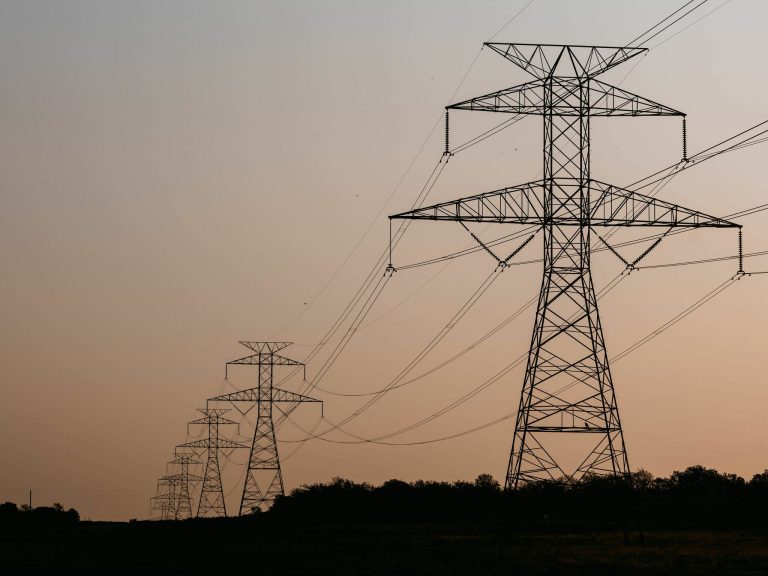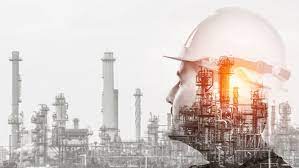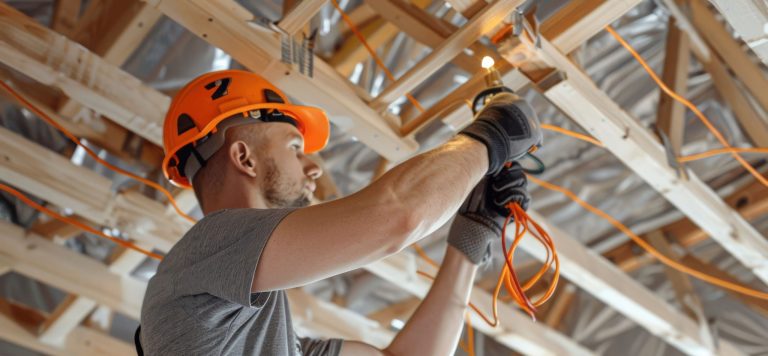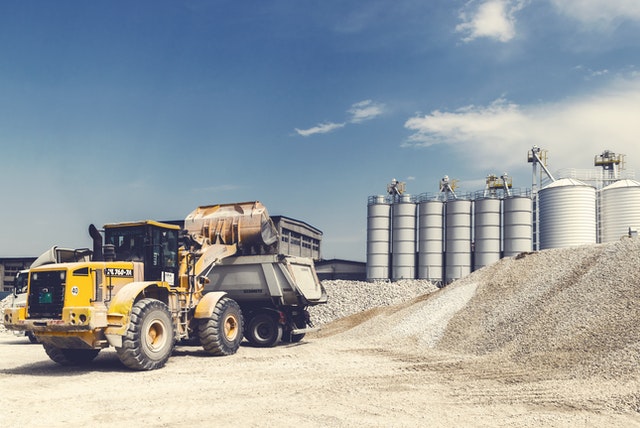Efficient oil and gas logistics management is critical to ensuring smooth operations across exploration, production, and distribution. The sector faces unique challenges such as complex global supply chains, high operational costs, regulatory pressures, and limited visibility. Managing transportation, storage, and delivery in remote or offshore locations further complicates logistics planning. To stay competitive, companies must embrace digital transformation, sustainability, and data-driven decision-making. By adopting advanced technologies, strengthening supplier collaboration, and improving risk management, the industry can overcome logistical bottlenecks and achieve greater efficiency, reliability, and resilience throughout the oil and gas supply chain. Understanding Oil and Gas Logistics Management Oil and gas logistics management is a complex process that involves the coordination of materials, equipment, and personnel across the upstream, midstream, and downstream sectors. From drilling sites and refineries to distribution terminals, logistics ensures that every part of the value chain operates seamlessly. Effective logistics management in oil and gas industry is not just about moving goods—it’s about maintaining reliability, safety, and efficiency in some of the world’s most demanding environments. This process includes the transportation of drilling equipment, fuel, chemicals, and pipelines, as well as storage and distribution. Because operations often take place in remote areas or offshore, the supply chain management in oil and gas industry must address logistical, regulatory, and environmental challenges that are far more complex than in most other sectors. Major Challenges in Oil and Gas Logistics Management 1. Complex and Global Supply Networks The logistics in oil and gas industry spans across multiple continents, involving a vast network of suppliers, contractors, and logistics providers. Managing these globally dispersed networks requires tight coordination and communication. Each operation—whether upstream extraction or downstream distribution—depends on precise timing. Remote and offshore projects add another layer of difficulty. Transporting equipment to offshore rigs or desert pipelines demands specialized vessels, cranes, and storage facilities. Delays at any stage can halt production, leading to millions in lost revenue. For oil and gas supply chain companies, aligning all stakeholders across time zones and compliance standards is a persistent logistical challenge. 2. Transportation and Infrastructure Constraints Oil and gas transportation and logistics rely heavily on specialized routes, including pipelines, ports, and rail systems. In many regions, especially developing markets or harsh terrains, infrastructure is limited or unreliable. Harsh weather, inadequate road networks, and congested ports can lead to severe bottlenecks. Additionally, moving heavy and hazardous materials requires strict adherence to safety protocols. A single misstep in handling or documentation can result in delays, fines, or accidents. Infrastructure upgrades are slow and capital-intensive, forcing many companies to depend on temporary or makeshift solutions, which further complicates transport efficiency. 3. High Operational Costs and Price Volatility Volatility in oil prices directly affects logistics budgets. When oil prices drop, projects are postponed or scaled down; when they rise, the costs of transportation and materials surge. Managing this constant fluctuation is a core challenge in oil and gas supply chain operations. Fuel costs alone account for a large portion of logistics spending. As prices rise, so do the expenses associated with moving materials, parts, and personnel. In such a dynamic market, optimizing routes, consolidating shipments, and improving asset utilization become crucial for maintaining profitability. 4. Health, Safety, and Environmental Compliance The oil and gas sector is governed by strict health, safety, and environmental (HSE) regulations. Compliance failures can lead to operational shutdowns, hefty fines, and reputational damage. Managing HSE compliance in logistics operations—especially in regions with different legal standards—demands constant monitoring and training. Environmental sustainability is also under scrutiny. With growing emphasis on ESG (Environmental, Social, and Governance) performance, companies must adopt cleaner transportation methods, minimize emissions, and ensure safe waste disposal. The push toward sustainable logistics requires balancing operational efficiency with environmental responsibility, a task that many operators find challenging. 5. Lack of Supply Chain Visibility A major pain point for oil and gas supply chain companies is the lack of real-time visibility. Many organizations still rely on outdated manual processes or fragmented systems. This lack of integration creates data silos, delays decision-making, and increases operational risks. Without a unified system for tracking shipments, equipment, and inventory, managers struggle to anticipate delays or disruptions. The inability to see the full picture—from procurement to delivery—results in inefficiencies and higher costs. In an industry where downtime can cost thousands of dollars per minute, poor visibility is a costly problem. 6. Disruptions and Risk Management Geopolitical instability, natural disasters, and global events such as pandemics have exposed vulnerabilities in global supply chain management in oil and gas industry. Disruptions can halt transportation, restrict access to materials, and cause severe financial losses. Creating resilient logistics frameworks is essential, yet challenging. Many companies are rethinking their sourcing strategies, diversifying supplier bases, and investing in risk analytics. However, implementing these changes requires long-term planning and substantial investment, which smaller operators may find difficult to manage. Strategic Solutions for Overcoming Logistics Challenges 1. Digital Transformation and Automation Technology is reshaping oil and gas transportation and logistics. By integrating IoT, AI, and machine learning, companies can automate tracking, scheduling, and predictive maintenance. These technologies provide insights into equipment conditions, shipment status, and potential delays before they happen. Full-stack supply chain visibility platforms, such as those offered by Agistix, enable real-time monitoring across all logistics activities. This level of transparency helps managers make data-driven decisions, improve accountability, and reduce inefficiencies. Adopting digital transformation is no longer optional—it’s a necessity for competitive advantage. 2. Advanced Transportation Management Systems (TMS) Modern Transportation Management Systems (TMS) play a vital role in streamlining operations. These systems optimize routes, schedule shipments automatically, and manage multi-modal transport efficiently. When integrated with ERP platforms, TMS solutions offer end-to-end visibility across procurement, warehousing, and distribution. With automation, logistics teams can plan routes that minimize fuel consumption and travel time, significantly cutting costs. TMS also provides digital documentation for compliance, ensuring seamless movement of hazardous goods while reducing administrative overhead. 3. Data-Driven Decision Making In the digital era, data is one of the most valuable assets for oil and gas supply chain companies.














